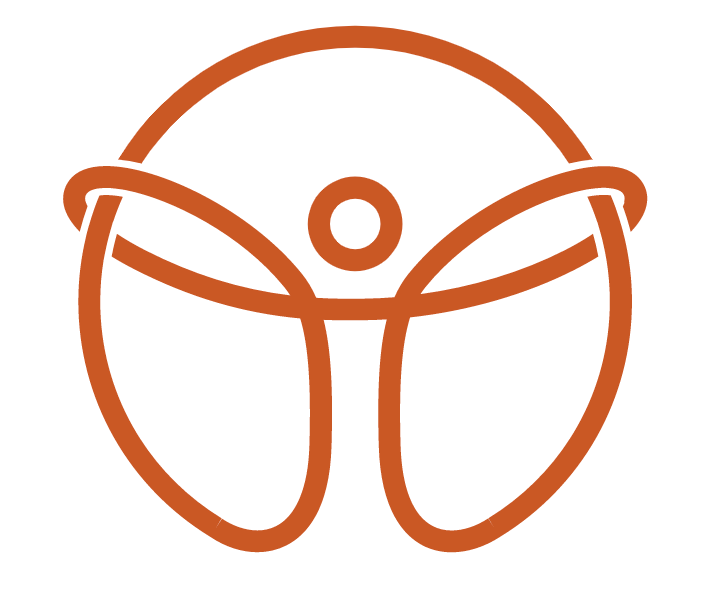Understanding the True Functions of the Rotator Cuff
The rotator cuff, a critical ensemble of muscles and tendons surrounding the shoulder joint, is often simplified in textbooks to a few basic movements. Comprised of the supraspinatus, infraspinatus, teres minor, and subscapularis, each muscle has traditionally assigned roles: the supraspinatus initiates abduction, the infraspinatus and teres minor facilitate external rotation, and the subscapularis manages internal rotation. However, this reductionist view overlooks the sophisticated and dynamic roles the rotator cuff plays in functional movements.
The Textbook Functions
1. Supraspinatus: Primarily responsible for the first 15 degrees of shoulder abduction.
2. Infraspinatus: Main external rotator of the shoulder.
3. Teres Minor: Assists in external rotation and works synergistically with the infraspinatus.
4. Subscapularis: The largest and strongest muscle of the rotator cuff, it acts as the primary internal rotator.
Beyond Textbook Movements: The Real Role of the Rotator Cuff
While these textbook functions are important for understanding muscle mechanics, they do not capture the full essence of how the rotator cuff operates during complex, functional movements. In reality, the rotator cuff is integral to stabilizing the shoulder joint, ensuring smooth and efficient motion, and maintaining joint centration.
1. Joint Stabilization: The rotator cuff muscles work collectively to keep the head of the humerus firmly within the shallow glenoid cavity of the scapula. This stabilization is essential during both static postures and dynamic activities.
2. Maintaining Joint Centration: Joint centration refers to the optimal positioning of the humeral head within the glenoid fossa, allowing for maximal efficiency and range of motion while minimizing wear and tear. The rotator cuff dynamically adjusts to maintain this centration, especially during activities that require the arm to move through multiple planes.
3. Force Coupling and Synergy: The rotator cuff muscles often function as a unit rather than in isolation. For example, during overhead movements, the deltoid generates significant upward force on the humerus, which could potentially dislocate the joint. The rotator cuff counteracts this by exerting a downward and inward force, ensuring the humeral head stays centered and stable.
Effective Rotator Cuff Warm-Ups
Traditional internal and external rotation exercises are beneficial but often fall short in preparing the rotator cuff for the demands of functional movements. Here are a few dynamic warm-up exercises that better engage the rotator cuff:
1. Face Pulls: This exercise targets the rear deltoids, trapezius, and rotator cuff muscles, promoting shoulder stability and improving posture. It also helps in maintaining scapular retraction and depression, crucial for shoulder health.
2. Farmer Carries: Holding weights in both hands and walking engages the rotator cuff to stabilize the shoulder joint against the forces of gravity and movement. This exercise enhances overall shoulder stability and endurance.
3. Overhead Carries: Similar to farmer carries but with the weights held overhead, this exercise challenges the rotator cuff to maintain joint centration and stability in an extended position. It mimics real-world activities where overhead stability is crucial.
4. Kettlebell Orbits: Passing a kettlebell around the body in a controlled manner engages the rotator cuff muscles dynamically. This exercise improves proprioception, coordination, and the ability to maintain shoulder stability through various planes of motion.
The rotator cuff is far more than the sum of its parts, playing a vital role in the stability and functionality of the shoulder joint. While understanding the textbook actions of each muscle is important, recognizing the collective and dynamic functions of the rotator cuff during real-world movements provides a more holistic view of its importance. Incorporating dynamic warm-up exercises like face pulls, farmer carries, overhead carries, and kettlebell orbits can better prepare the rotator cuff for the demands of functional activities, promoting shoulder health and performance.

